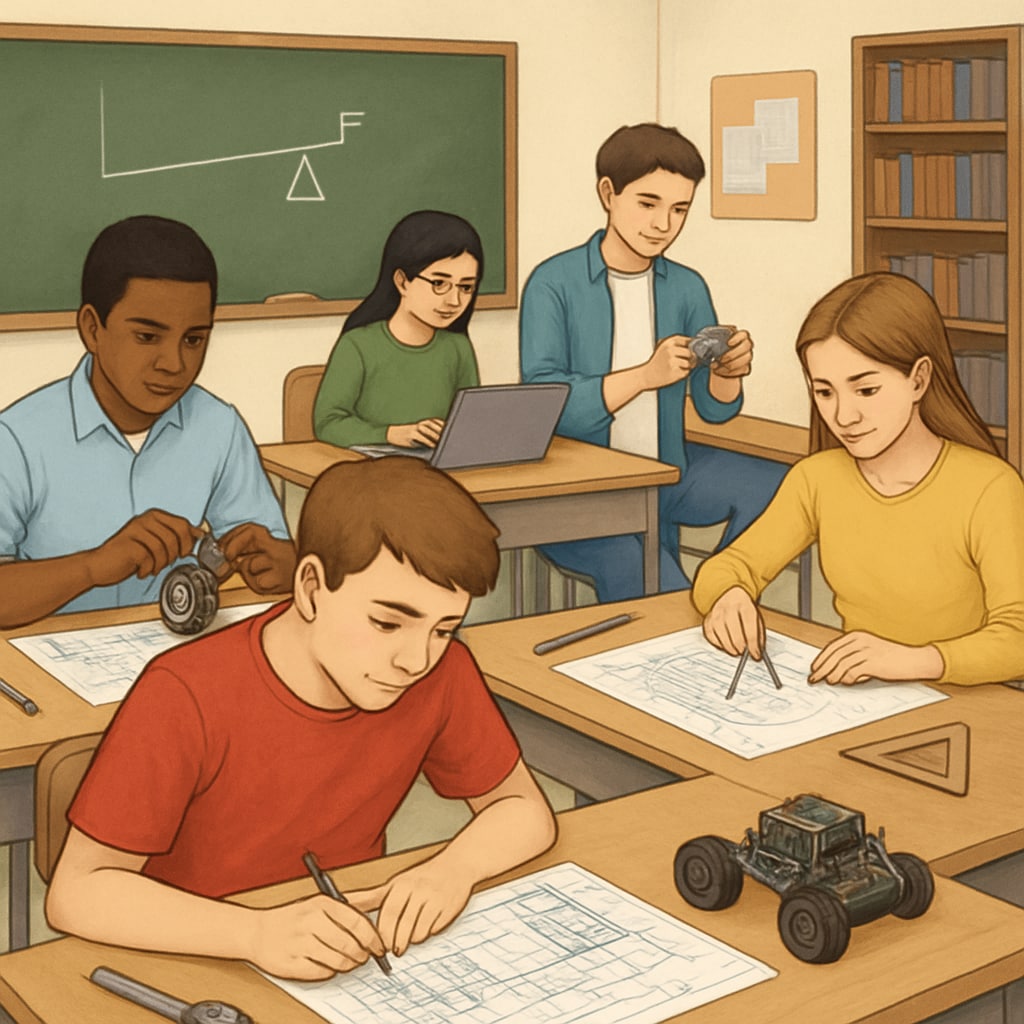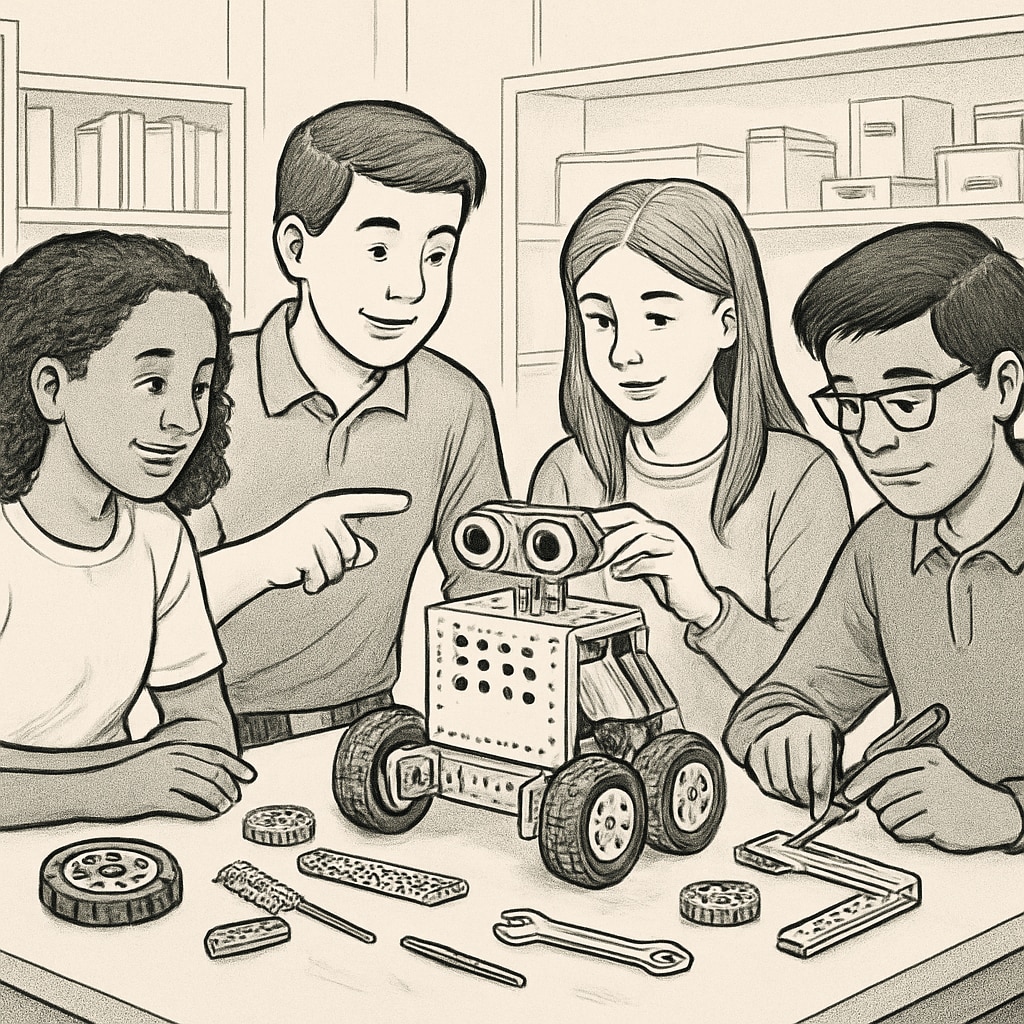Career and Technical Education (CTE) programs are transforming how school districts approach education by integrating practical career skills with traditional academic subjects. The balance between CTE implementation and maintaining academic rigor has become a focal point for educators and policymakers alike. This article examines the structure and strategies of CTE programs in school districts, their impact on traditional subjects, and how they provide students with a more comprehensive and relevant educational experience.
The Structure of CTE Programs in School Districts
CTE programs are designed to align educational opportunities with workforce demands. In school districts, their structure often includes partnerships with local industries, dual-enrollment opportunities with community colleges, and hands-on learning experiences such as internships. For example, many districts create pathways in fields like healthcare, engineering, and information technology, which allow students to explore career options while earning certifications or college credits.
These programs are typically implemented through three primary models:
- Standalone Career Academies: Specialized schools within districts that focus entirely on CTE pathways.
- Integrated Courses: CTE elements embedded into traditional subjects, such as combining mathematics with financial literacy.
- Afterschool Programs: Extracurricular opportunities for students to gain additional technical skills.
Such structures enable students to gain both academic knowledge and real-world experience, preparing them for post-secondary education or immediate entry into the workforce.

How CTE Programs Influence Traditional Academic Subjects
One common concern about CTE programs is their potential impact on traditional academic subjects like math, science, and English. However, many studies suggest that CTE enhances academic learning by making it more relevant and engaging. For instance, when students learn algebra in the context of computer programming or physics through automotive design, they are more likely to grasp the concepts.
CTE programs often use project-based learning (PBL) approaches, which encourage critical thinking and collaboration. As a result, students develop skills that directly complement their academic education, such as problem-solving and effective communication. In addition, educators report that students in CTE programs tend to show higher levels of motivation and engagement, which translates to improved performance in traditional subjects.
To further evaluate these claims, research from Britannica highlights the dual benefits of combining career training with academic rigor, while Wikipedia provides detailed examples of successful CTE implementations across the United States.

Measuring the Impact of CTE on K12 Education
To ensure the success of CTE programs, many school districts use performance metrics such as graduation rates, college enrollment statistics, and post-graduation employment data. These metrics help educators assess whether CTE pathways are effectively balancing career preparation with academic achievement.
Some notable outcomes include:
- Higher graduation rates among students enrolled in CTE pathways.
- Increased enrollment in STEM (science, technology, engineering, and mathematics) fields after graduation.
- Improved student confidence and readiness for real-world challenges.
As a result, districts are increasingly investing in CTE programs, recognizing their value in shaping well-rounded learners who are prepared for the demands of a rapidly changing job market.
Readability guidance: Using short paragraphs, lists, and clear transitions, this article ensures accessibility for readers. Key terms like “CTE programs” and “school districts” are strategically placed to maintain SEO relevance while avoiding overuse. External links provide credibility, and images are positioned to visually enhance the narrative.


